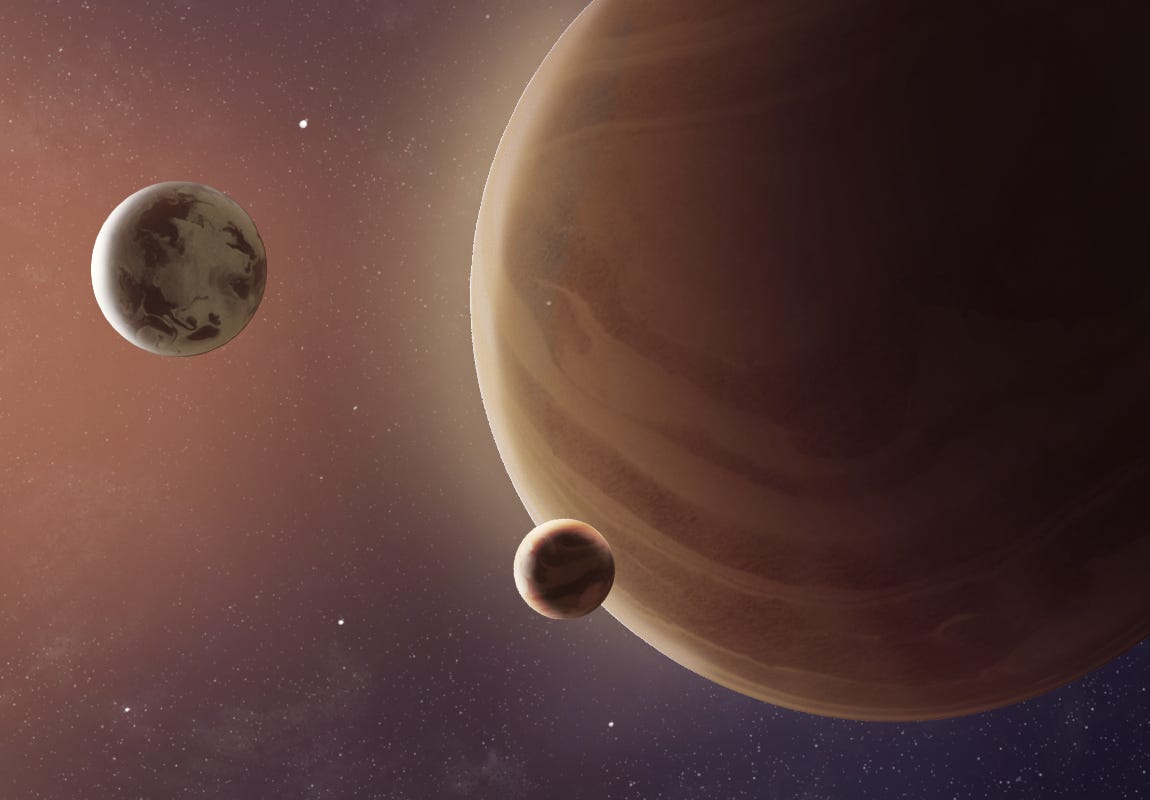Astronomers recently discovered an a planet the size of earth. Though it looks similar to earth, it has no other features in common with it and it was found to be uninhabitable too.
Since this planet completes its orbit around its star in 3.14 days, it was named after the mathematical constant Pi, whose value is 3.14. Its real name was K2-315b, but, for convenience, it is called by the Greek letter Pi. The Pi planet is also called Pi Earth.
Researchers at the Massachusetts Institute of Technology in Cambridge, along with some other scientists, were the ones who discovered the Pi planet. The Astronomical Journal, which investigates and reports about the planets outside the solar system (exoplanets), released the details about the Pi planet first in September 2020.
The planet K2-315b is named so because it is the 315th planet cluster in the K2 mission.
NASA’s K2 mission received signals through the Kepler space telescope while exploring stars and other planets similar to Earth. K2 had received some signals containing information about the new planet, which became a turning point. Research conducted with the aid of many telescopes in the SPECULOOS project led to the new discovery. From the signals received, scientists concluded that a planet was orbiting around its star.
Unconducive to life
Pi planet orbits around a star one-fifth the size of the Sun, and its orbital temperature was found to below. Its weight is also relatively less. It orbits around its star in 3.14 days whereas as we know the earth takes 365 days . It travels at a speed of 81 kilometres per second, or 181,000 miles per hour, to complete its orbit around the star.
The planet K2-315b is named so because it is the 315th planet cluster in the K2 mission. It has some unique features and appears to be similar to the Earth. The temperature on that planet is so high that life is impossible there, according to Prajwal Niraula, a researcher at the MIT.
Researchers note that the surface of the Pi planet is rocky and the temperature is very high. It can be as high as 187 degrees Celsius or 350 degrees Fahrenheit.
Scientists consider that there are many more dwarf stars lurking around which are yet to be discovered.
Researchers believe that as the orbit is close to the star, the planet’s surface heats up intensely. Details like its weight are yet to be assessed. It has a radius equivalent to that of 0.95 of the earth, making it almost the size of our planet. The connection between the planet’s orbital speed and the value of the constant Pi may be a turning point in the study of this planet and its atmosphere in the future.
SPECULOOS
SPECULOOS (Search for habitable Planets EClipsing ULtra-cOOL Stars) is a network of four telescopes that helps in the search for other planets which have special features or are habitable like the Earth. These telescopes are located in the Atacama desert in Chile. SPECULOOS was installed there to get a clear view of the whole sky over the southern hemisphere. Besides these 4 telescopes in the southern hemisphere, a fifth one named Artemis was installed in the northern hemisphere as a part of the SPECULOOS network in 2019.
These telescopes help astronomers study not only the planets but also the features of large and small stars. Along with the discovery of newer planets and stars, their atmosphere and luminosity are studied in comparison to other stars.
Scientists consider that there are many more dwarf stars lurking around which are yet to be discovered. Some of them are hidden behind planets. The SPECULOOS telescopes seek to find these dwarf stars and when they become visible and lights are when they are hidden. These telescopes help in observing each one of these stars individually.
It was observed that the changes in brightness of the star, around which the Pi planet orbits, happened at an interval of 3.14 days. While analysing the origin of the signals received, it became clear that a planet was orbiting this star. Thus the window period to transit was discovered, which helped in comprehending the nature of the star and the orbiting planet that masked it periodically. This was made possible with the help of certain calculations. In February 2020, research was conducted over many nights, and three transitions were found clearly – two from the southern hemisphere’s telescopes, and one from the northern hemisphere’s telescopes.
Researchers hope that the discovery of the Pi planet will shed more light on the study of planetary atmospheres. The discovery of other planets like Pi, also cannot be ruled out…
Now put on your thinking hats and think about the following questions for a couple of minutes.
How would you describe the term “exoplanets” to your students?
Can you think of how the discovery of the Pi planet will shed more light on the study of planetary atmospheres?
Write down your thoughts and discuss them with your students, children and your colleagues. Listen to their views and compare them with your own. As you listen to others, note how similar or different your views are to others’.
Thank you for listening. Subscribe to The Scando Review on thescandoreview.com.
Happy Teaching!














Pi: Earth-sized planet circling its star in 3.14 days